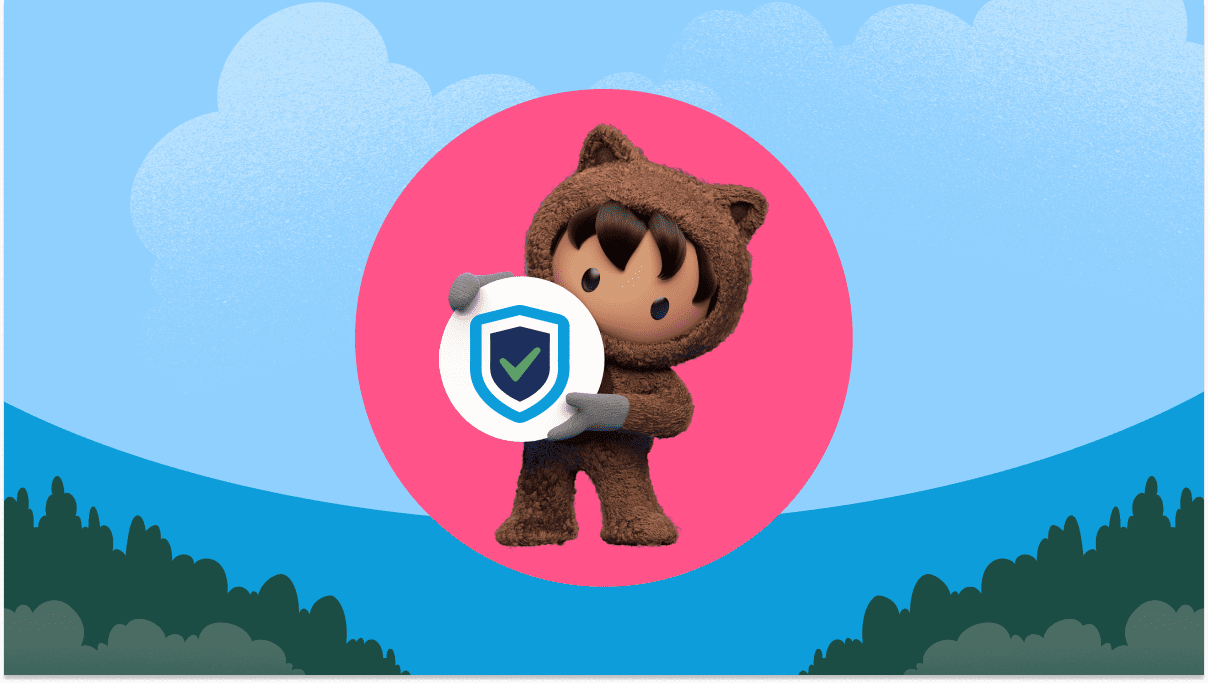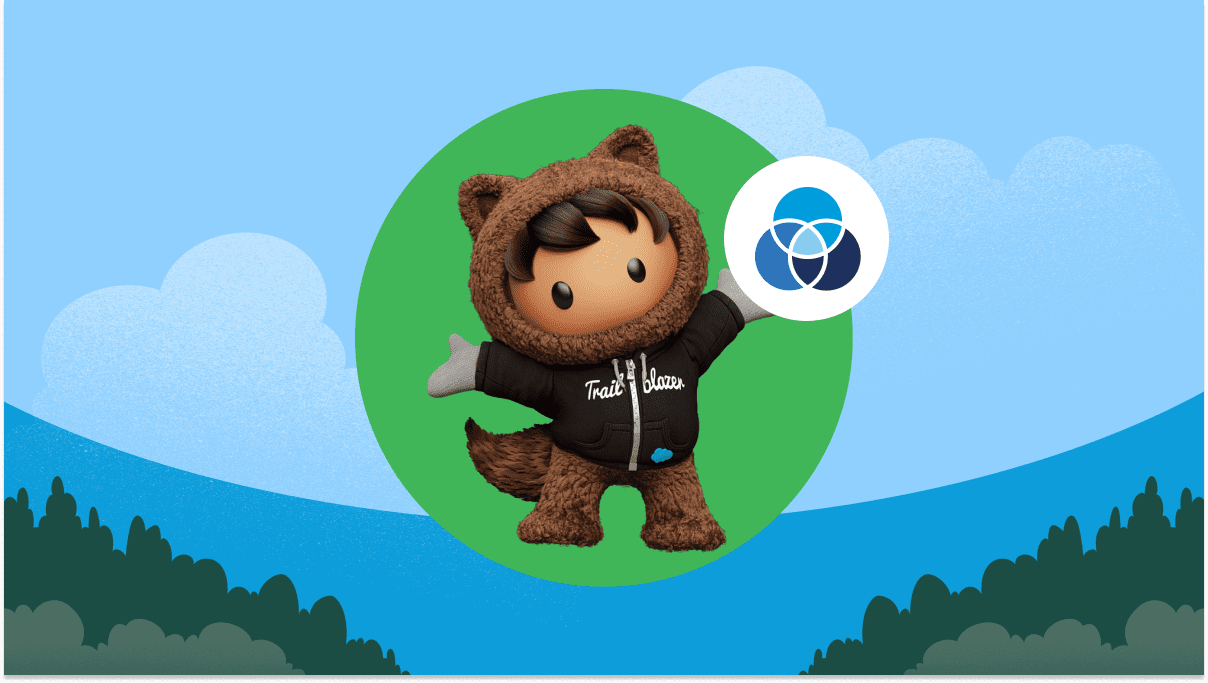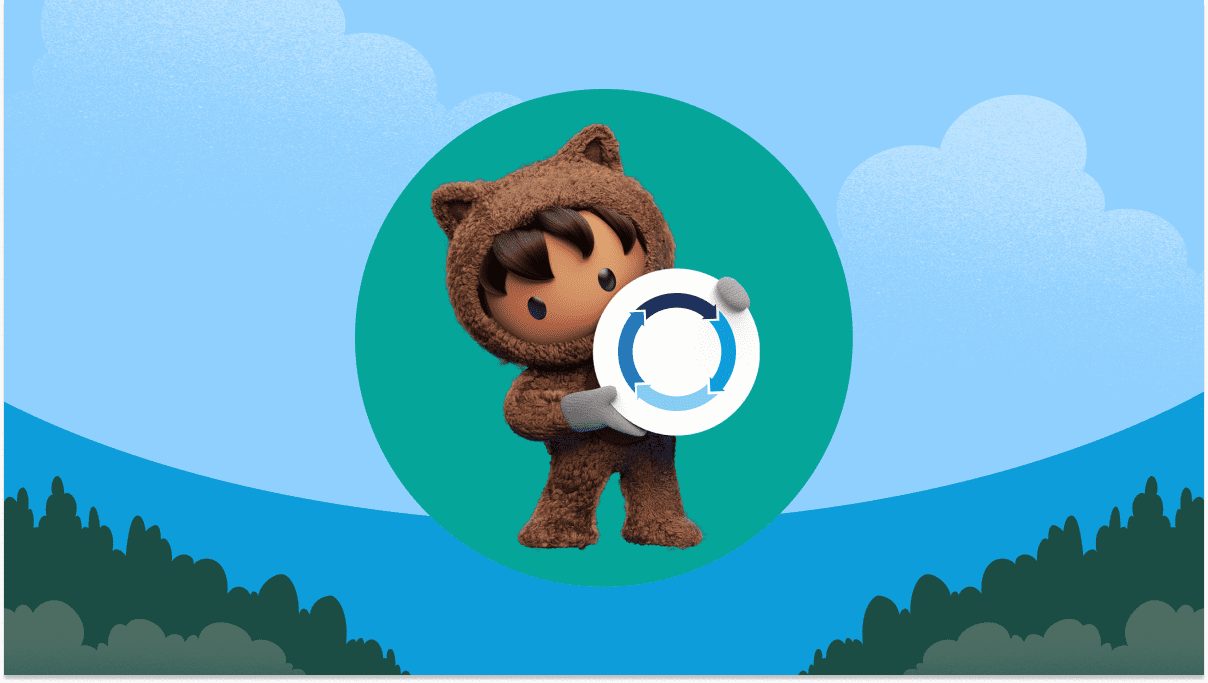Chapter 6: How You Serve Society
Make Your Business a Platform for Change
Driving positive change isn’t just good for the world, it's also good business. Nearly 60% of consumers buy brands based on their values and beliefs, and 64% of investors want to back businesses aligned with their values. Research also shows that more diverse organisations are more innovative and perform better than more homogenous ones, and leading the pack on sustainability can create a lasting competitive advantage.
This means it’s critical to put in place leadership, measurement, and reporting around your social programs. This is a change from simply writing a check to turning your company into a platform for change, energising your employees to act, and putting in place programs that make this easy for them.
But no one company can save the world. It will be a team effort.
Here is a quick guide to help your company lead with values and take action.

Stand with us on Team Earth
Step 1: Identify a Purpose and Values
Defining a purpose requires going beyond the obvious facts of what a company makes or sells. The purpose is the company’s “why” — its core motivation. It’s an exercise that should be done with a wide cross section of people within the company, looking back at its trajectory and forward toward its most aspirational future. This will help uncover its purpose — the connective tissue that has always been there, even if it’s never been stated.
The exercise of identifying a purpose will help uncover the core values that have driven the company all along its journey. At Salesforce, we use the V2MOM process to help set our company values and put them into practice. A V2MOM is a framework that first clarifies vision and values, and then creates alignment around the methods, obstacles, and measures that will help you achieve your goals. It starts with executive leadership and extends to each employee across the organisation
The V2MOM Framework
To encourage a values-based culture within your company, repeat your values often:
- Make a habit of talking about values in communications and meetings, whether they are company wide or one-on-one.
- When announcing or discussing a new decision or direction, clarify to everyone how it was guided by values.
- Include a values slide in your corporate presentations, including sales decks.
- Include your values in recruitment materials — job hunters care a great deal about the values of prospective employers.
- Talk about your purpose and values on your website in a way that is clear and easy to find.
Lastly, look at your products and services as an opportunity to elevate and align to societal issues that are relevant to your stakeholders and customers. What is needed in the community and the world, and what is your company uniquely positioned to deliver?
Step 2: Turn Values into Action
Here are four impact areas that directly influence how customers and employees view your company.
Philanthropy
- Time, Equity, and Product: Since Salesforce pioneered the 1-1-1 model, Pledge 1% has grown into a global movement where giving back is baked into the DNA of companies of all sizes from the very beginning. These companies have pledged a combination of giving back 1% of equity, profit, product, or employee time. Head to pledge1percent.org to get started or join us on #TeamEarth.
- Create a culture of giving back:
- Listen to your community.
Our communities hold the best solutions to our toughest challenges. Start by listening to their needs and ideas, and support them on their journey. As our communities continue to experience new challenges, we need to work hand-in-hand with them to create new solutions. Assess your resources, embrace flexibility, and pivot your programs to best support communities in this moment and those that lie ahead. - Make a commitment from the top.
A great culture is both top-down and bottom-up. It starts with instilling a commitment at the highest levels of your company, like adding philanthropy in your annual goals and measuring your community impact as rigorously as you do your sales goals. - Empower your employees.
You can encourage your employees to give to the causes they care about by offering them volunteer time off and matching their donations. Your employees are your greatest asset, and by fostering their passions, you can leave a lasting mark on your communities.
- Listen to your community.
- Create a culture of giving back:
Sustainability
- Set priorities. Our Climate Action Plan focuses on six sustainability priorities, which can be a blueprint for others to reach net zero faster:
- Emissions Reduction
- Carbon Removal
- Trillion Trees & Ecosystem Restoration
- Education & Mobilisation
- Innovation
- Regulation & Policy
- Understand your impact. Carbon accounting is the first step to understanding a company’s environmental footprint, with the hopes that this data can drive actionable insights, like setting realistic reduction targets. We leveraged Salesforce technology to create a solution that empowers businesses to quickly track, analyse, and report reliable environmental data to help them reduce their carbon emissions.
- Help employees working from home. Sharing the Sustainability at Home Guide with employees gives them actionable ways to make working from home more sustainable, such as growing plants in your backyard, making conscious decisions about the food you eat, and striving for zero waste.
Equality
- It’s not enough simply to take a stand for equality, but as leaders, we are called to take action. At Salesforce, we have a Chief Equality Officer and the Office of Equality, dedicated to this mission partnering across the company to drive change. To help drive systemic change in your workplace and community, consider the three pillars of people, purchasing, and policy.
- People:
- Hold teams accountable by setting annual representation goals and tracking against them. Consider sending people leaders a monthly scorecard which includes headcount, hiring, attrition, and promotion data by gender and race (where applicable) with prescriptive actions based on data to help increase access to opportunities.
- Hire and promote based on competencies and skills, not industry, school, or culture fit.
- Consider creating Employee Resource Groups (ERGs) if your company does not have them. These are employee-led organisations that support our underrepresented communities. Empower each group with a budget, offer paid volunteer time for ERG members, and partner to create professional career development initiatives.
- To ensure a fair, equitable, and inclusive workplace, establish and share standardized inclusion practices for all employees to learn and put into action. This ensures inclusion at every stage of the employee journey, from how you attract, recruit, retain, promote, and develop your talent.
- Seek diversity and teach inclusivity. To get started, take our Cultivate Equality at Work module on Trailhead, Salesforce’s online learning platform.
- Purchasing: Help close the racial wealth gap by ensuring there is a diverse slate of suppliers in every purchasing consideration.
- Policy: Call on policymakers to reform the public systems that impair racial equality and justice.
- People:

Hire and promote based on competencies and skills, not industry, school, or culture fit.

Ensure there is a diverse slate of suppliers in every consideration.

Call on policymakers to reform the public systems that impair racial equality and justice.
Ethical and Humane Use of Technology
- At Salesforce, we recognise the transformative power of technology and aspire to create products that are a force for good in the world. For technology to be a positive force for change, it needs to be designed, developed, and used in an ethical manner that upholds the basic human rights of every individual. Learn how to build ethical and inclusive products.
Join the #TeamEarth community and find more opportunities to take action.
The outcome of upholding values is trust. Employees, customers, and communities all need to know and understand your purpose in order to build trust. If organisations can establish and constantly demonstrate their commitment to living their brand purpose, trust from every stakeholder will follow.
Playbook Summary
Start by putting structures in place now to help you listen, anticipate, and rapidly respond as customers’ needs change. Then, purposefully redesign and realign your business processes, teams, and technology to create frictionless customer experiences. And to cultivate genuine loyalty with customers, consider ways your company can act as a platform for change. The urgency is real — and so is the potential.
Learn More

Blog
What Customer Connection Means Now

Video
How Anantara Vacation Club Improved a Luxurious 360 View of Their Customers

Research
New Market Insights to Chart Your Customer Experience Roadmap
More Resources

Research
State of the Connected Customer

Article
The Importance of Digital Transformation in Times of Change







